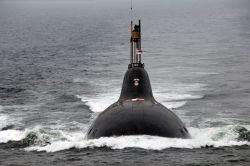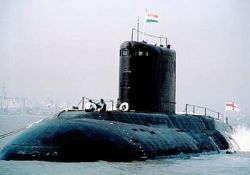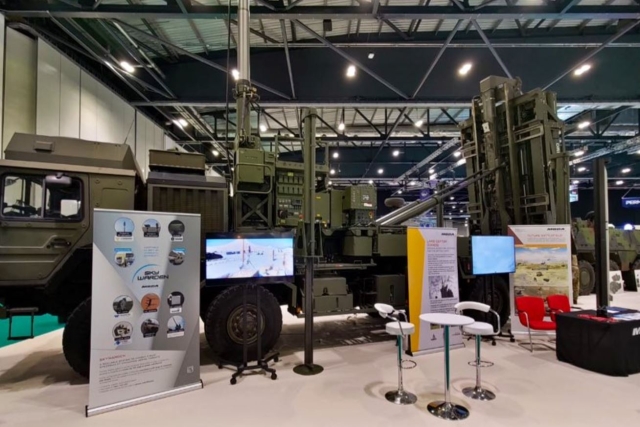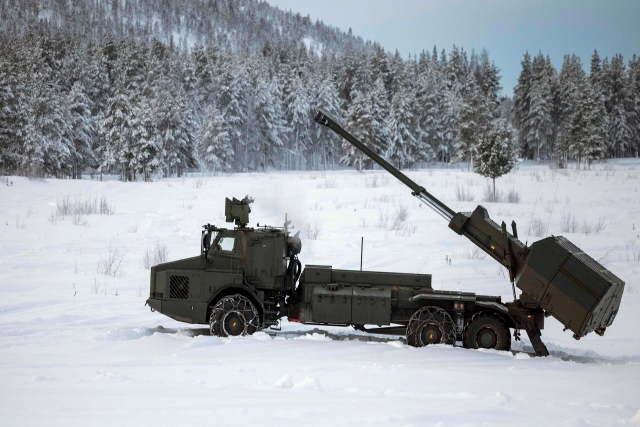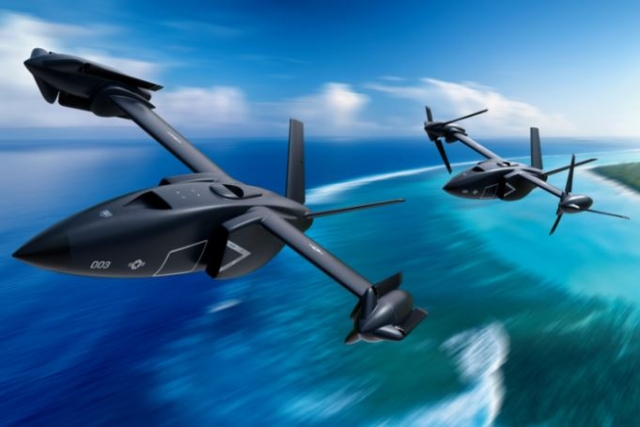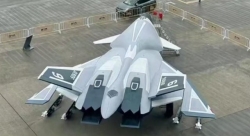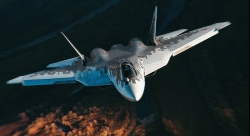Navy Chief’s Resignation Brings To Forefront India’s Delayed Submarine Procurement
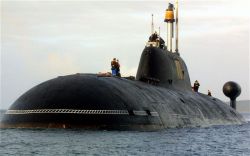
The resignation of Indian Navy Chief Admiral D.K. Joshi has underscored India’s delays in submarine procurement which has tilted the undersea warfare military balance in favor of China.
India currently has 14 diesel-electric submarines in its fleet -- 10 Russian-origin Kilo class vessels and four HDW German-origin vessels not counting the one nuclear-powered vessel borrowed from Russia on a 10-year lease.
Whereas China operates 60 diesel-electric submarines and 10 nuclear-powered vessels in its fleet including 12 kilo-class submarines, while Pakistan has eight conventional submarines.
Admiral Joshi resigned yesterday owning moral responsibility over a fire in a Kilo class submarine which was on trails after a refit. The fire leaves the submarine fleet depleted by 3 vessels, two others having been previously damaged.
India had initiated a project to build six Scorpene submarines designated project 75 at Mazgaon Docks with help from DCNS France. The project has been delayed by a number of years and the target date for the first of six submarines has been pushed to late 2016. “We have set a new target for September 2016 for delivery of the first Scorpene,” confirmed Rear Admiral (retd.) Rahul Kumar Shrawat, Chairman and Managing Director of Mazagon Dock Limited (MDL) told The Hindu in Kozhikode recently.
The report added that the third and final batch of 178 high-value items — outfitting equipment that gained an unsavoury reputation as MDL-Procured Material (MPM) after the yard’s cumbersome and hazy procurement procedures held up the project for over two years — was placed on DCNS, the original manufacturer of the Scorpenes, in November last year.
The long pending requirement for a new line of six submarines designated Project 75-I, was given clearance in 2013, but the RFP for this is yet to go out. The delays will decrease the Navy’s submarine fleet strength by 30 per cent from its existing strength by 2015 and by 50 per cent by 2020, at this rate of induction of new vessels.
The Indian Navy’s submarine fleet has experienced three mishaps in the last year. Earlier in 2013, India’s newly upgraded kilo-class submarine, the INS Sindhurakshak, reportedly fully-armed at the time, was destroyed by a fire. In January, the INS Sindhughosh nearly ran aground while entering the Mumbai harbour during a low-tide phase.
An investigation is on to determine the cause of the Singhurakshak fire. The Russian United Shipbuilding Corporation has said it would help India investigate the explosion. “I have instructed the United Shipbuilding Corporation to send more specialists in agreement with the Indian side, to take part in the investigation of the tragedy and to provide all assistance necessary to our Indian friends,” said Russian Deputy Prime Minister Dmitry Rogozin, who oversees the Russian defense industry.
This time, however, the Russian side has remained mum on the latest accident.
It is also important to note that India remains the only country having trouble with its Kilo-class submarines.
According to reports, some 33 submarines have been exported to various countries including 12 with China’s People’s Liberation Army navy (PLAN) and ten with the Indian Navy, Algeria (4) and Iran (3), Romania (1) and Poland (1).
There have been no reports of incidents involving the submarines from any of the other operators.
China operates two Original Kilo subs and 10 Improved Kilos which is a more advanced version of the submarine. The Improved Kilo submarine is armed with six 533-mm torpedo tubes (the vessel carries 18 torpedoes or 24 mines) it is also capable to launch the SS-N-27 Club-S land attack cruise missiles. For self defense the submarine is equipped with Strela-3M or Igla-1 man-portable Air Defense missiles (MANPADS).
In 2013, Venezuela took delivery of the last of three kilo-class submarines from Russia while government of Indonesia ordered two Kilo Type 636 submarines, plus an option to purchase up to eight more.
Type 636 is designed for anti-submarine warfare, general reconnaissance and patrol missions. Also anti-surface ship warfare is a prime designation for the submarine.
India had recently upgraded the INS Sindhurakshak and the INS Sindhuratna d was being sea tested after a refit. The overhauled Indian submarines are equipped with 3M-54 Club-S (SS-N-27) anti-ship cruise missiles, the Indian-developed USHUS sonar, CCS-MK radio communications system and Porpoise radar.
